Canada is the first G-7 state to have implemented a legal regime for seizure, forfeiture and transfer for the needs of Ukraine of assets held by a foreign state, individuals and entities sanctioned by Canada in response to the russian war against Ukraine.
Particularly, on 23 June 2022, Canadian Bill C-19, An Act to implement certain provisions of the budget tabled in Parliament on 7 April 2022, and other measures, received the Royal Assent and entered into force. Bill C-19, among others, amends two Canadian laws, the Special Economic Measures Act (SEMA) and the Justice for Victims of Corrupt Foreign Officials Act (Sergei Magnitsky Law).
As the result of these amendments, both the SEMA and the Magnitsky Law establish the legal framework for the measures, which:
- enable seizure and restraining of assets subject to sanctions;
- establish a legal regime allowing forfeiture of assets that have been seized or restrained;
- allow the Canadian government to sell the seized property and use the proceeds for specifically defined purposes to assist a foreign state; and
- enable the exchange of information between the relevant authorities regarding possible assets that may be seized and forfeited under the above laws.
These amendments are not country-based and do not specifically mention Ukraine, and thus may be applied by the Canadian government to benefit of any other foreign state in the future.
Property, which may be seized and forfeited under the amended SEMA
The new measures apply to any property in Canada owned, held, or controlled directly or indirectly by any foreign state or any person in or national of any foreign state.
The amended SEMA provides an expanded definition of “property”, which now includes “any type of property, whether real or personal or immovable or movable, or tangible or intangible or corporeal or incorporeal, and includes money, funds, currency, digital assets and virtual currency”.
Importantly, under the amended definition of “property” the above measures may also be applied to digital assets and virtual currency.
Procedure for transfer of proceeds from forfeited sanctioned assets to Ukraine
The amended SEMA and the Magnitsky Law jointly introduce a new model of seizing and transferring sanctioned assets (or rather the proceeds from the sale of such assets) to Ukraine.
The measures introduced under the SEMA and the Magnitsky Law may be introduced against certain persons in circumstances where:
- an international organisation of states or association of states of which Canada is a member calls on its members to do so;
- a grave breach of international peace and security has occurred;
- gross and systematic human rights violations have been committed in a foreign state or acts of significant corruption involving a national of a foreign state have been committed.
This new model envisages five main steps:
Step 1. The Governor in Council, which includes the Prime Minister and the Cabinet, makes an order on seizure or restraining of property.
This order may be made only in respect of property, which is (i) situated in Canada and (ii) owned, controlled or held, directly or indirectly, by (iii) a foreign state, any person in that state or any national of that state who does not reside in Canada (under the SEMA) or by a foreign national (under the Magnitsky Law).
The persons affected by such an order may apply to the relevant minister responsible for administering such order and request that the property cease to be subject of such order.
Step 2. The minister responsible for administering the order on seizure or restraining of property files to the superior court of the province where such property is situated an application to forfeit this property to the federal government.
Step 3. The court gives notice to persons potentially affected by prospective forfeiture of property and may hear their positions.
The new forfeiture procedure also permits such persons to apply for a court order declaring that their interest or right is not affected by the forfeiture, declaring the nature and extent of the interest or right and directing the minister to pay to the person an amount equal to the value of their interest or right.
Step 4. The court issues an order on forfeiture, provided that the property is subject to an order on seizure or retraining (see Step 1) and the respective property is owned, held or controlled directly or indirectly by the relevant persons (as mentioned above). In light of this, a very low threshold is established for the government to obtain a forfeiture order.
Step 5. After the property is forfeited and the proceeds are transferred to the so-called Proceeds Account, the designated minister consults with the Minister of Finance and Minister of Foreign Affairs and pays out from the Proceeds Account amounts not exceeding the net proceedings from the forfeited property for the relevant purposes.
Use of proceeds from the forfeited sanctioned assets
The amended SEMA defines the exclusive purposes for which the proceeds from forfeited sanctioned assets may be used. These include:
- the reconstruction of the foreign state adversely affected by a grave breach of international peace and security;
- the restoration of international peace and security; and
- the compensation of victims of a grave breach of international peace and security, gross and systematic human rights violations or acts of significant corruption.
Logistics of transferring proceeds from the forfeited sanctioned assets to Ukraine
The new amendments do not address how exactly the victims, whether individuals, businesses or a foreign state itself, can be compensated or benefit from any proceeds from the forfeited property. However, the amended SEMA specifically authorises the Canadian Minister of Foreign Affairs, with the approval of the Governor in Council, to enter into an agreement with the government of the respective state concerning the use of amounts that may be paid out from the Proceeds Account. Entry into such an intergovernmental agreement ought to control the distribution of proceeds for the specific goals, defined by the SEMA and listed above.
Thus, it is likely that any proceeds from the forfeited sanctioned russian assets will be transferred from Canada to Ukraine based on a bilateral agreement between Canada and Ukraine, which in turn would outline the general framework, specific amounts of such proceeds and purposes for which they will be used by Ukraine.
Accordingly, it is unlikely that Canada will allow using the amounts that may be paid out from the Proceeds Account to directly satisfy compensation claims of the Ukrainian private businesses and citizens affected by the russian aggression.

























